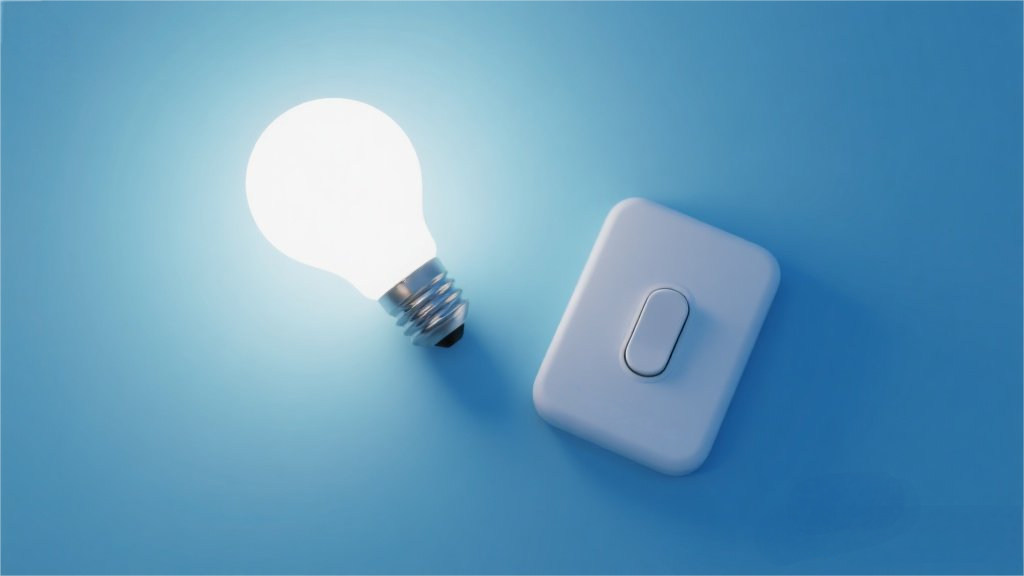Wearing a ring the right way can actually do more than just accessorize your outfit—it can boost your confidence and even improve your health. Whether it's a family heirloom, a wedding band, or a statement piece, the way you wear and interact with your rings can have subtle psychological and physiological effects. From the metals you choose to the fingers you adorn, there’s a whole world of benefits hiding in plain sight on your hands.

Ever notice how fidgeting with a ring can calm nerves or how slipping one on before a big meeting makes you feel more put-together? There’s science behind that. Rings act as tactile anchors—physical reminders of identity, commitment, or personal milestones. A study from the Journal of Consumer Psychology found that wearing meaningful jewelry (like rings) can enhance self-perception and reduce stress by creating a sense of control. For example, spinning a wedding band during a tough conversation might subconsciously ground you, while a bold ring on your dominant hand can make gestures feel more intentional during a presentation. It’s like wearable confidence.
Not all rings are created equal. The metal you wear might influence more than just aesthetics. Copper, for instance, has been used for centuries in holistic practices to alleviate joint pain (though science is still catching up). Some wearers swear by magnetic or hematite rings for circulation, though evidence is mostly anecdotal. On the flip side, hypoallergenic metals like titanium or platinum reduce skin irritation, which means less distraction and more comfort. Even gold plays a role—its warmth and traditional value can trigger positive associations, subtly lifting your mood. Pro tip: If you’re into crystal healing, try a ring with black tourmaline (said to block negativity) or rose quartz (for self-love vibes).
In traditions like Ayurveda and acupuncture, each finger connects to different body systems and emotions. The thumb? Linked to willpower—ideal for a ring when you need a motivation boost. The index finger represents authority (think CEOs favoring statement rings here). Meanwhile, the ring finger’s vein-to-heart connection makes it the classic spot for romantic symbols. And don’t overlook the pinky, tied to communication—perfect for writers or negotiators. While Western medicine doesn’t endorse these energy maps, the placebo effect is real. If wearing a ring on a specific finger makes you feel more focused or assertive, roll with it.
Rings can serve as tiny, wearable pep talks. A spinner ring with an engraved mantra (“Breathe” or “Courage”) turns anxious thumb-twirling into a mindfulness exercise. Similarly, swapping rings for different roles (a delicate band for work, a chunky one for weekends) signals mental shifts, almost like changing costumes. One therapist even recommends “power rings”—pieces chosen to embody traits you want to channel, like resilience or creativity. The key? Intentionality. The more meaning you assign, the bigger the psychological payoff.
Beyond mindset, rings can have tangible benefits. Heavy rings on the dominant hand can subtly strengthen grip over time (try it with a wide signet ring). Some arthritis sufferers find that wearing a ring on a stiff finger encourages gentle movement, reducing stiffness. Even posture can improve—adorned hands feel more “seen,” which might discourage slouching. Just avoid rings that are too tight (circulation matters!) or ones that clack against keyboards if you’re typing all day.
So next time you slide on a ring, remember: It’s not just decoration. Whether it’s a mood boost from a rose-gold band or a grounding effect from a textured spinner, your jewelry might be doing more heavy lifting than you think. The real magic? It works simply because you believe it does. Now go rock that ring—and the confidence that comes with it.
























